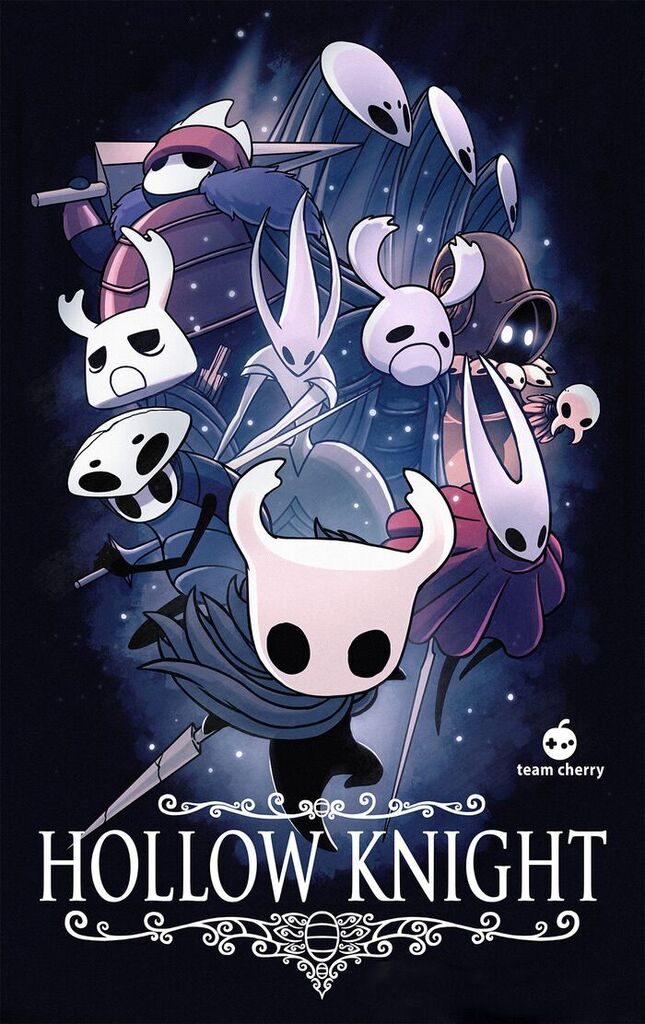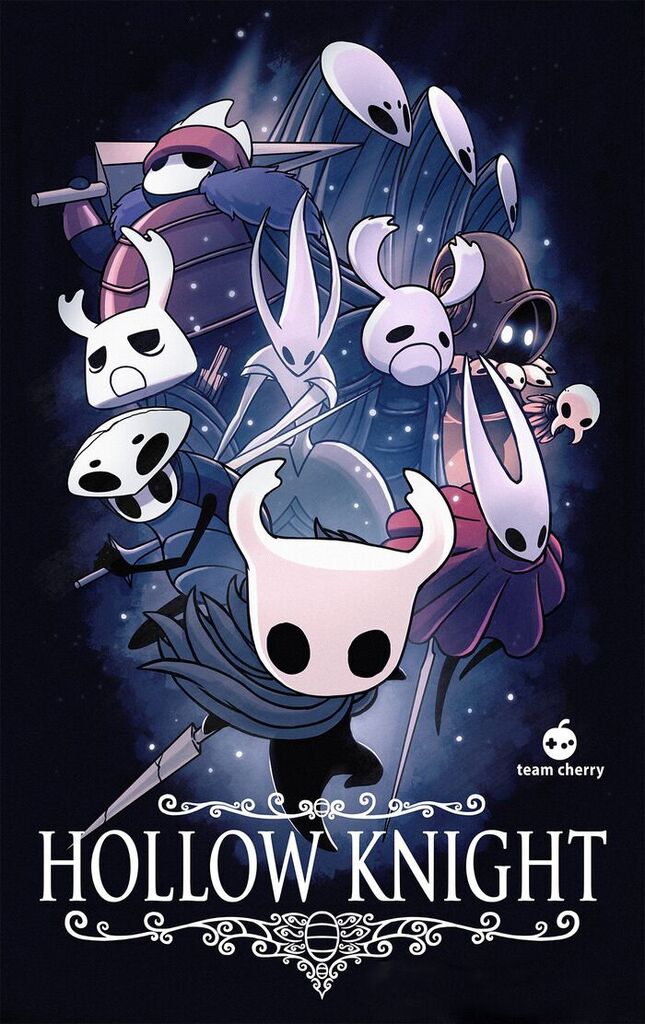
A comparison of ‘Hollow Knight’ and ‘Owlboy’
By Duncan Fingarson, Contributor
Hollow Knight and Owlboy are not new games, strictly speaking. Owlboy came out on PC back in 2016, and Hollow Knight‘s initial release was in February this year. That said, Hollow Knight has received a recent content update, and Owlboy has been confirmed to be coming out on consoles—including the Switch—early next year. Keeping these updates in mind, now seems like the perfect time to talk about some of the strengths and weaknesses of both games.
On the surface, the two games are fairly similar. Both are 2D side scrollers, with elements of exploration and continuous upgrades to unlock and collect, much like the old Metroid and Castlevania games. Both have a story to tell, a world to explore, and a mess of secrets to track down. Dig a little deeper, though, and it becomes clear that the games have set about their task in very different ways.
Though both games are side scrollers, the art direction is very different. Owlboy opted for incredibly detailed pixel art, with vibrant colours and some very nice backgrounds. It’s a bright, colourful game, with a soundtrack to match. Hollow Knight utilises smoother, more vector-style graphics. The colour palette is universally cool, consisting predominantly of blues and greens, with a little orange for contrast. The soundtrack is designed to fit this, with lots of lingering notes and soft strings.
The stories of the two are both melancholy ones, dealing with loss and trauma. Owlboy appears to be a much happier tale, initially; the adventure of two friends up against an invasion of sky pirates. The group grows into a small band of unlikely heroes, but the game takes a turn for the tragic in the second act. Things are told predominantly through cutscenes and a couple of optional exposition dumps. It’s not necessarily a new story, borrowing heavily from series like Zelda and Final Fantasy, but it’s executed well enough and the characters are fun and memorable, Alphonse in particular.
Hollow Knight, on the other hand, tells its story almost without relaying it. The player controls a lone hero, wandering through the ruins of a lost civilization. Oh, and everyone is an insect. The basic plot threads are easy enough to follow, but there’s a lot of deeper insight to be gained by fully exploring the world and interacting with all of the wandering NPCs. The world is massive and very open compared to Owlboy‘s more linear path. If you want to see everything, expect it to take many, many hours.
Then there’s the gameplay. Owlboy is a platformer where the protagonist can fly, and unfortunately the main way of presenting platform challenge seems to be putting in areas where you’re not allowed to fly. The combat is a pretty simple affair, mostly point and shoot with a couple of unique twists. Hollow Knight has a much more robust system, based on hack and slash melee combat with a couple of ranged spells thrown in. There’s also an elegant charm system allowing for a ton of customisation options.
Both games, of course, have their flaws. Owlboy‘s difficulty tends to spike all over the place, and on particularly busy screens it can be hard to tell what’s going on. The hit stun feels a little bit too long, and the controls a little too floaty and imprecise. Hollow Knight can be very punishing: It sometimes feels like the checkpoints are just a little too far from the boss that’s just killed you—for the fifth time.
The final verdict: It’s worth mentioning that, if price point is a consideration, Hollow Knight comes in at $17 base price, much less than Owlboy‘s $28. Both of the games are solid, both are fun, and both have their highs and lows. However, whereas Owlboy is merely good, Hollow Knight is the clear winner and could be called a masterpiece of the genre.


